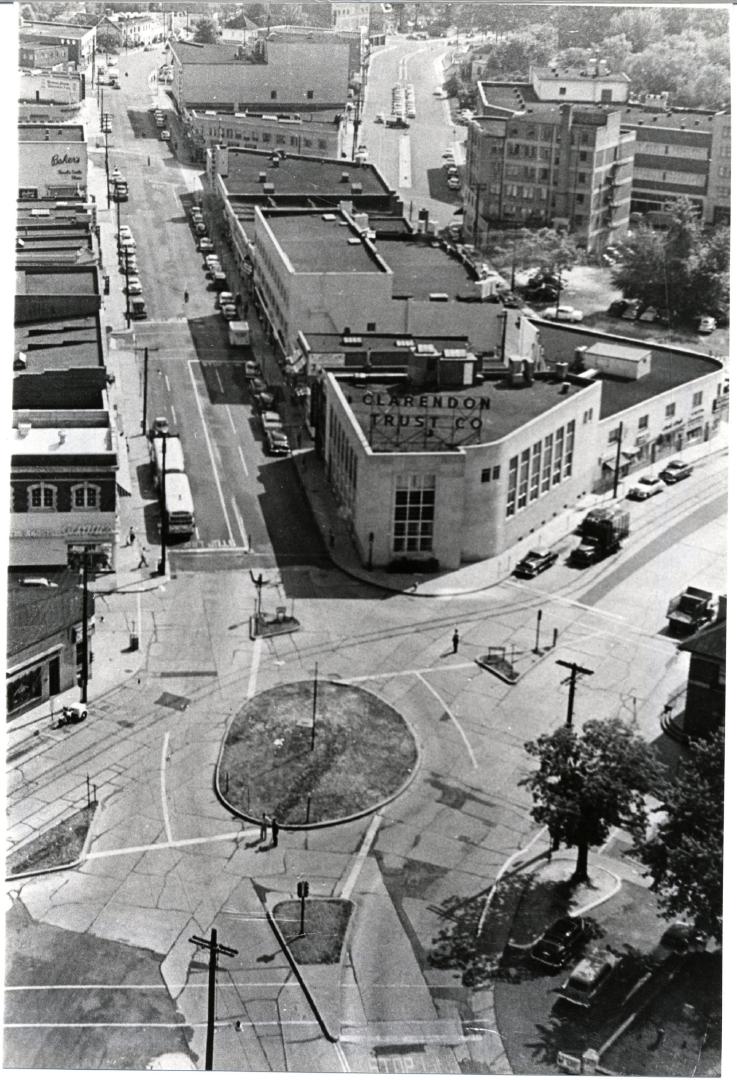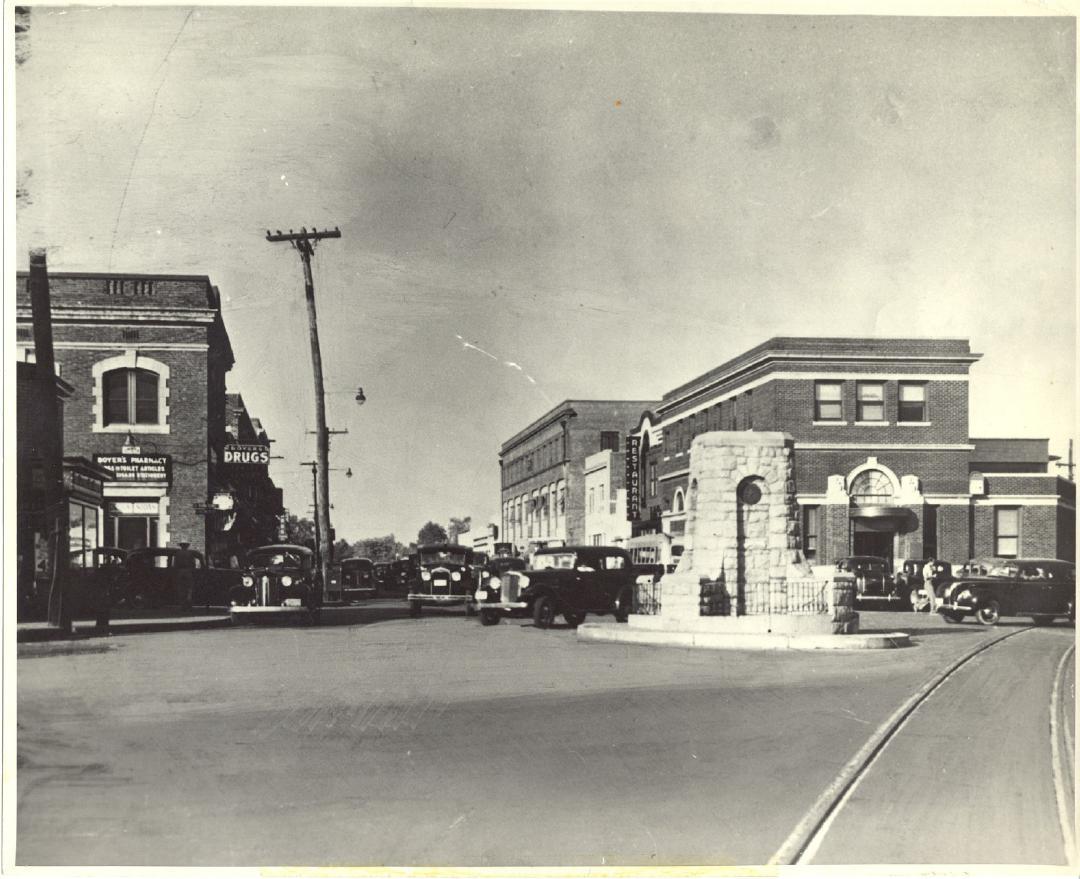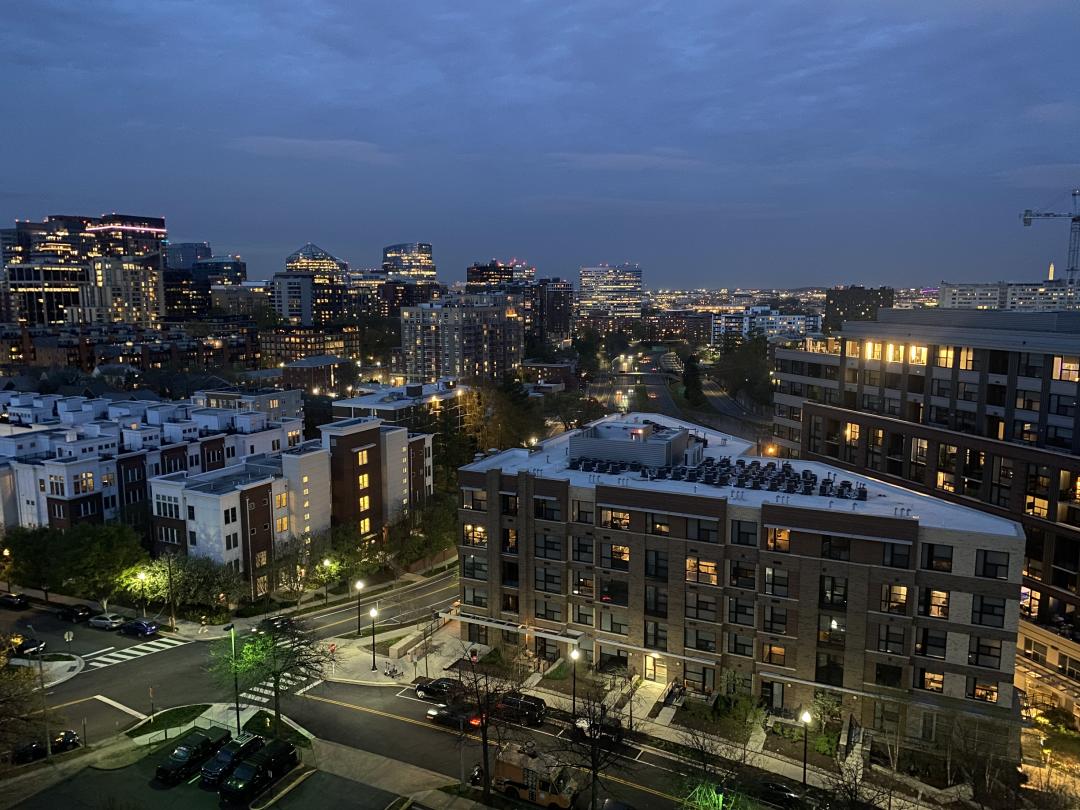The History of Wilson Boulevard

From its origins as a vital wagon road to its role as Arlington's bustling downtown artery, Wilson Boulevard has shaped and reflected the evolving story of Northern Virginia.
The story behind Wilson Boulevard is a testament to Arlington's rich history. From its humble beginnings as a wagon road to its transformation into a bustling thoroughfare, the route's enduring legacy is intertwined with the county's growth.
Five miles long, Wilson Boulevard traverses East to West, connecting Rosslyn to Falls Church via Courthouse, Clarendon, Virginia Square, Ballston (Ball's Crossroads), Four Mile Run, and Upton Hill. One of the oldest roads in Arlington, Wilson Boulevard, dates back to the 1700s. It was known as the Georgetown Road and local farmers used it to transport their produce to Washington, D.C. In the 1840s, its name changed to the Aqueduct Bridge Road due to the new bridge that permitted canal boats to cross the Potomac River, connecting Georgetown and Rosslyn.
During the Civil War, the roadway became a vital strategic link and was part of the Union Army's defenses of the Capital. The Georgetown Road intersected the "Arlington Line," the Union Army's fortifications built in 1861-1862 to protect Washington against a Confederate attack. The road was widely used by northern troops traveling from Ball's Crossroads (Ballston) to Upton Hills. On August 27, 1861, soldiers from the New York 23rd crossing Four Mile Run engaged Confederate troops in a skirmish lasting several hours.
The early 1900s marked a period of significant growth for Arlington. The Rosslyn, Clarendon, and Ballston communities developed rapidly along the Georgetown Road as new residents moved to the emerging suburbs. Businessmen like Frank Lyon (Lyon Park) extensively promoted these new neighborhoods. The advent of electric trolley lines transformed Georgetown Road into a vital artery for transportation. As the county transformed from a rural community to a significant urban center, county officials decided to change the name of Georgetown Road once again. On February 16, 1919, the road was renamed Wilson Boulevard to honor President Woodrow Wilson's leadership during World War I. It was well known that Wilson often took drives into Arlington, traveling down the road that would eventually bear his name.
By the 1940s, the growing number of automobiles led to the modernization and straightening of the road. The original path of the road crossed Four Mile Run and veered to the left to what is now 8th Road along Ashlawn Elementary School to make it easier for horses and wagons to climb the hill. Following World War II, the number of homes expanded, resulting in a growing number of new neighborhoods on both sides of Wilson Boulevard.
The construction of the Metro had a significant impact on Wilson Boulevard in the 1970s and 1980s. (The Orange Line follows the path of Arlington's historic trolley lines.) The Metro ushered in a new era, further enhancing Wilson Boulevard's prominence. By the 2000s, towering office buildings, condominiums, and modern retail centers were built along the historic boulevard, creating a vibrant place to shop, eat, and live. While these structures point to Arlington's future, they are connected to the past.
Images








